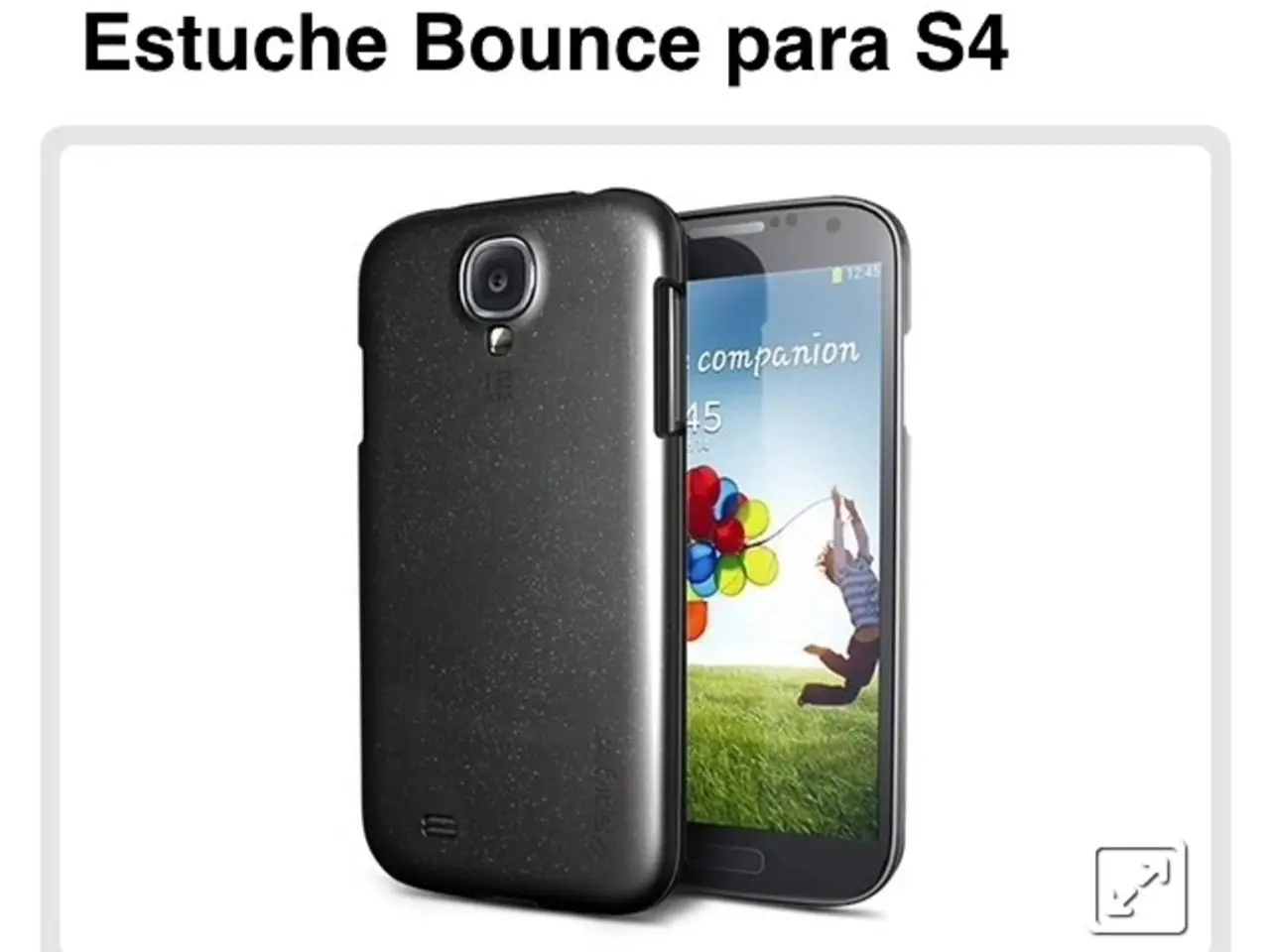Innovative Designs for Contemporary Web Pages
Modern Website Layouts: Enhancing User Experience in 2025
In today's digital world, websites must stand out, provide seamless user experiences, and make lasting impressions. To achieve these goals, innovative and effective creative layouts for modern websites in 2025 focus on minimalistic yet bold designs, AI-driven personalization, immersive micro-interactions, and dynamic typography.
Minimalistic Design with Bold Typography
Using clean, simple layouts paired with large, impactful fonts directs user attention to the core message without clutter. This reduces cognitive load, speeds up decision-making, and reinforces brand clarity.
AI-Driven Personalization Layouts
Websites dynamically adjust content and UI elements based on user behavior and preferences, creating tailored experiences that increase engagement and conversion rates. This supports intuitive navigation by surfacing relevant information faster.
Immersive Micro-Interactions and Subtle Animations
Small animations triggered by user actions provide feedback and make the interface feel responsive and alive, improving usability and user satisfaction.
Oversized and Bold Elements
Large images, buttons, and text create focal points that guide users through the site organically, enhancing flow and making navigation intuitive while strengthening visual brand impact.
Dark Mode and High-Contrast Visuals
Offering dark mode with accent highlights reduces eye strain and increases accessibility, appealing to diverse users and reinforcing brand personality with striking color usage.
Authentic, Personalized Visuals and Messaging
Using real photos and clear, conversational copy boosts trustworthiness and emotional connection, enhancing brand identity and user engagement.
These creative layouts improve user experience, navigation, brand identity, user engagement, and overall performance. They simplify navigation, improve content clarity, and create an engaging, memorable interface that strengthens brand identity.
Grid-Based Layouts
Grid-based layouts divide the webpage into rows and columns, creating a clean and organized structure, and are versatile for various content types.
Asymmetrical Layouts
Asymmetrical layouts provide a bold and modern approach, with elements intentionally placed off-center, creating a sense of movement and dynamism on the page.
Parallax Scrolling
Parallax scrolling can be used to tell a story or create an emotional connection with users. It creates an interactive and immersive browsing experience.
Single-Page Layouts
Single-page layouts consolidate all the content on one page, with sections that users can scroll through or navigate via a menu, often used for portfolios, event pages, product launches, and personal blogs.
Card-Based Layouts
Card-based layouts are highly adaptable and can be used for various content types. They divide the page into "cards," each containing a piece of content.
Best Practices
- Prioritize mobile-first design for responsiveness across devices.
- Optimize performance by minimizing unnecessary scripts and images.
- Maintain consistency and branding through the use of consistent colors, fonts, and design elements.
- Focus on User Experience (UX) to ensure ease of navigation and information finding.
In conclusion, combining minimalist foundations with bold, personalized, and interactive elements represents the most effective modern website layouts, balancing aesthetics, usability, and brand storytelling in 2025. A creative layout is not just about aesthetics; it's about enhancing the user experience, improving navigation, and ensuring the website is responsive on all devices.
- Technology such as AI drives personalized layouts that adjust content and UI elements based on user behavior, creating tailored experiences.
- Modern website layouts also incorporate technology like dynamic typography for clear content presentation and parallax scrolling for an interactive user experience.




